Urban nomads: the floating population who fall asleep under the stars on Chennai’s rail lines
Abandoned railway buildings are used as shelter for those who have nowhere else to go
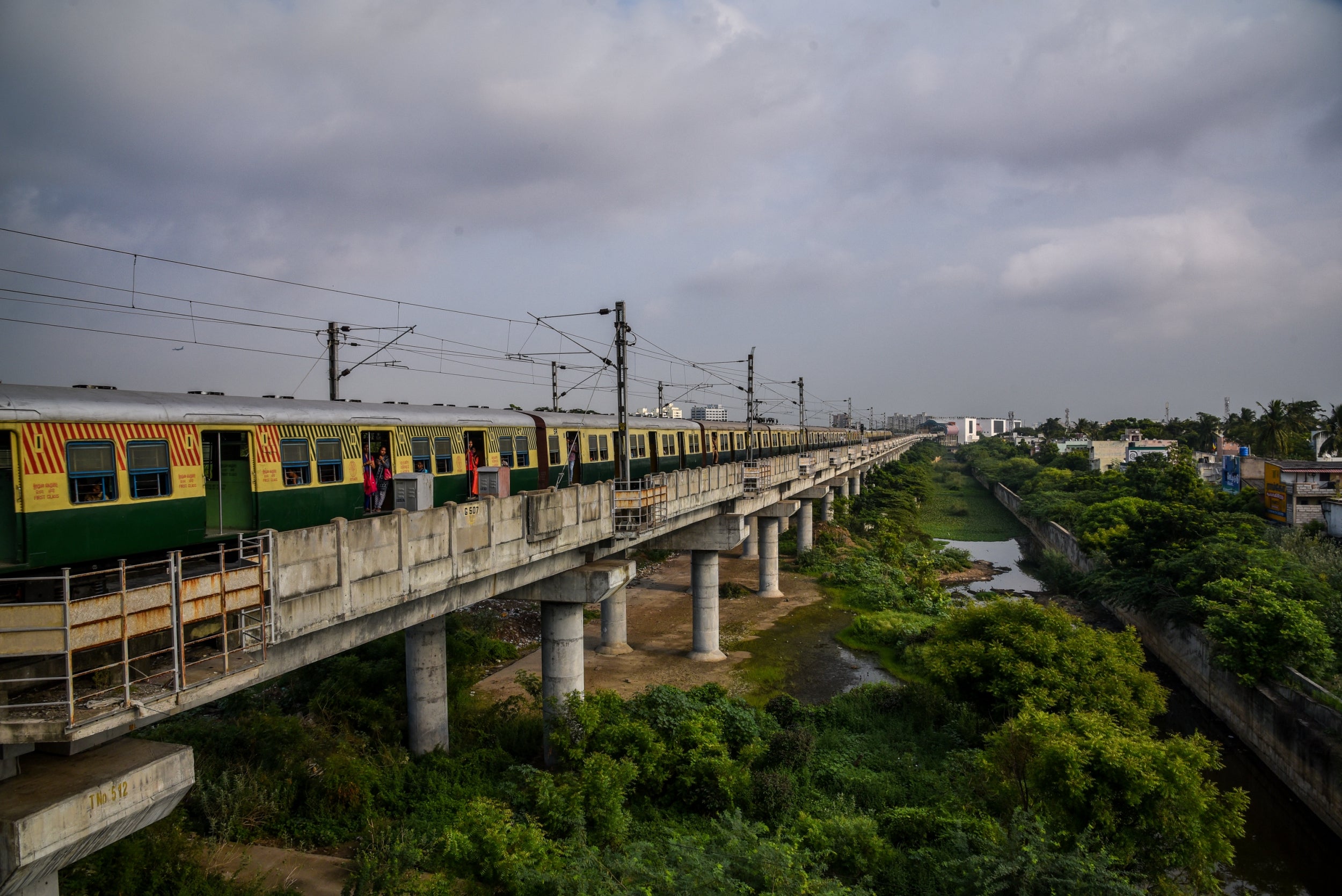
Your support helps us to tell the story
From reproductive rights to climate change to Big Tech, The Independent is on the ground when the story is developing. Whether it's investigating the financials of Elon Musk's pro-Trump PAC or producing our latest documentary, 'The A Word', which shines a light on the American women fighting for reproductive rights, we know how important it is to parse out the facts from the messaging.
At such a critical moment in US history, we need reporters on the ground. Your donation allows us to keep sending journalists to speak to both sides of the story.
The Independent is trusted by Americans across the entire political spectrum. And unlike many other quality news outlets, we choose not to lock Americans out of our reporting and analysis with paywalls. We believe quality journalism should be available to everyone, paid for by those who can afford it.
Your support makes all the difference.Feet plastered with cement. Spines laying on a solid stone bench. Bodies sprawled next to plastic water bottles. These are the first dawn images seen by the sleepers in the vast emptiness of Beach railway station in Chennai, as they wake up to a blast of a horn on the first train leaving the platform as day breaks.
“It’s a regular affair, I sleep on the benches at railway platforms,” says Parthasarathy, a 56-year-old, heavy-eyed labourer who missed the last train of the day after a late-night consignment delivery. After an exhausting shift involving cement delivery, he dozed off amidst the unfriendly stings of mosquitos. “The police have always been rude to people who find the purpose of this emptiness,” says Parthasarathy.
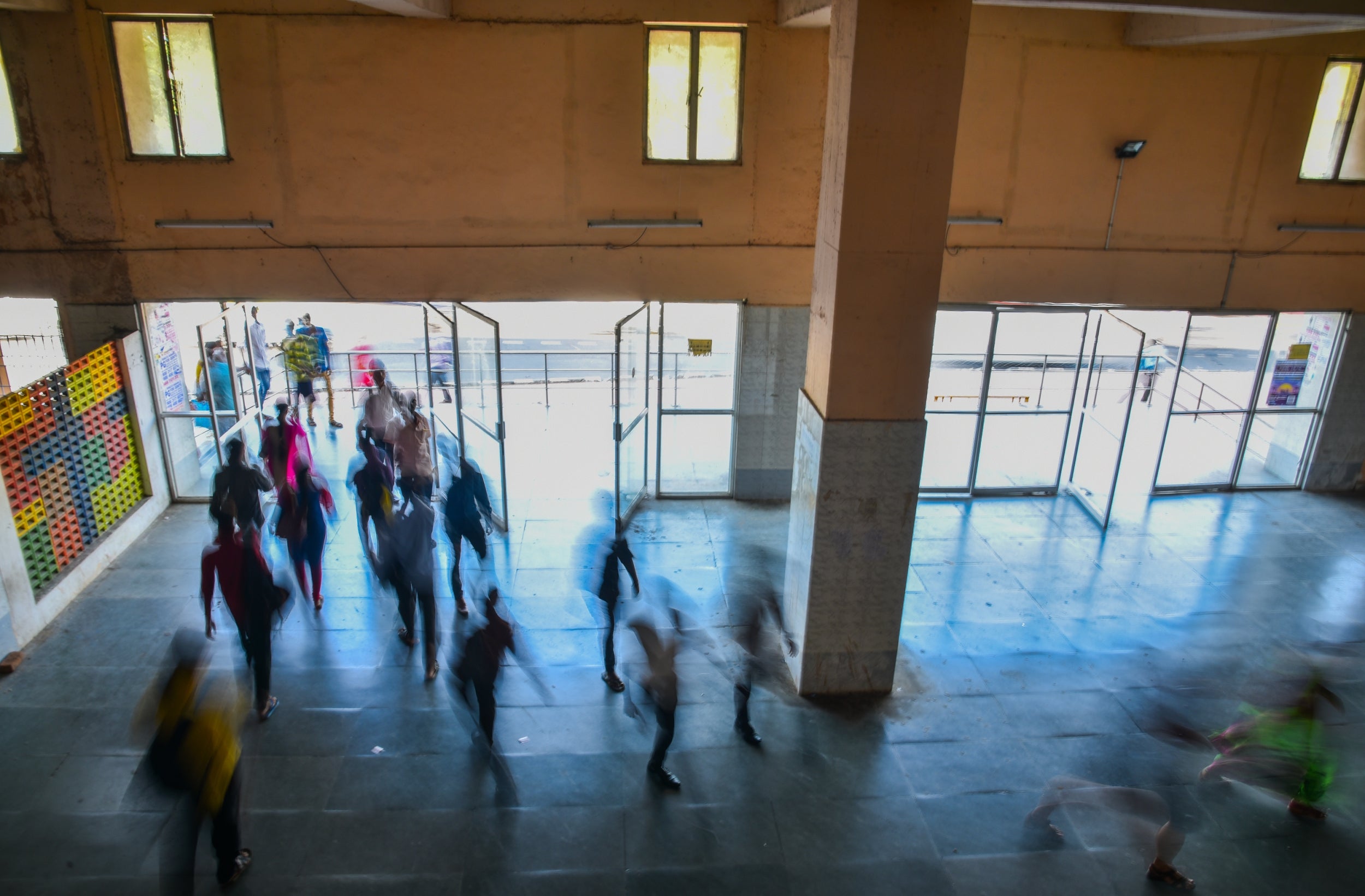
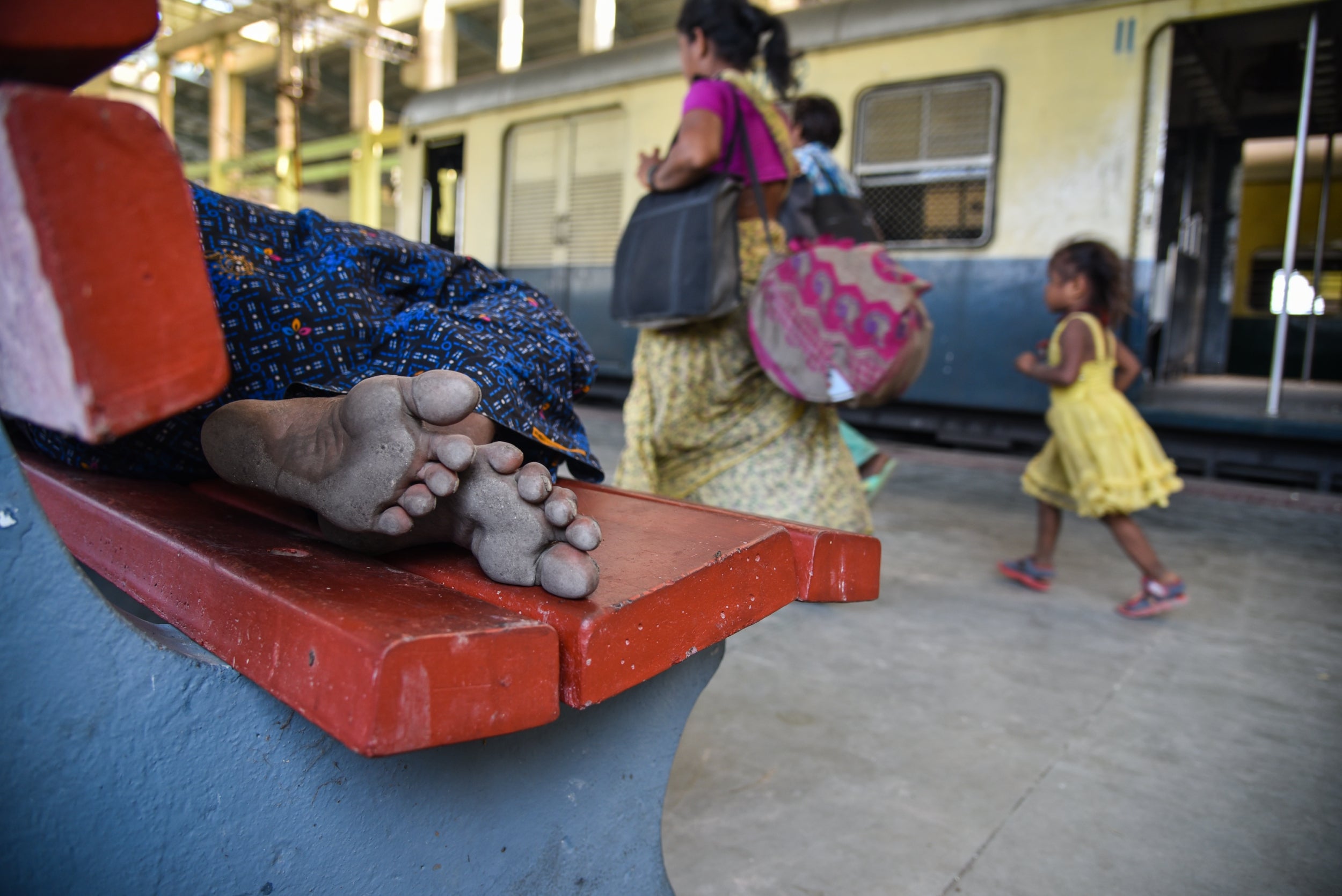
From the early times, men and women were nomads who travelled from a place to place in pursuit of food and shelter. Anthropologists suggest the ancient nomads moved in cooperative bands. Today, millions of Indians follow their example in the teeming cities of the country. But that ancient spirit of mutual support has long since been replaced by urban isolation and the law of the jungle.
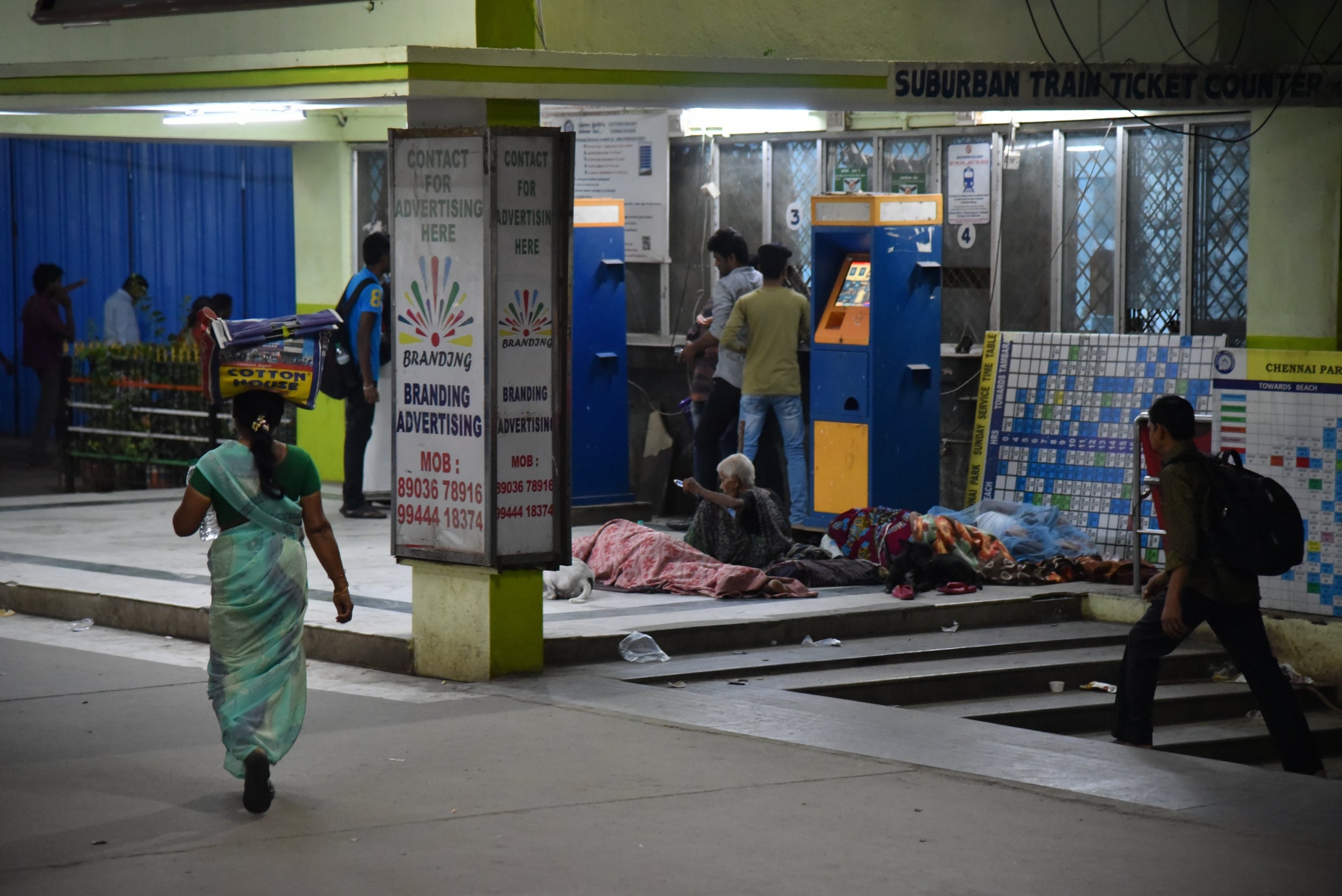
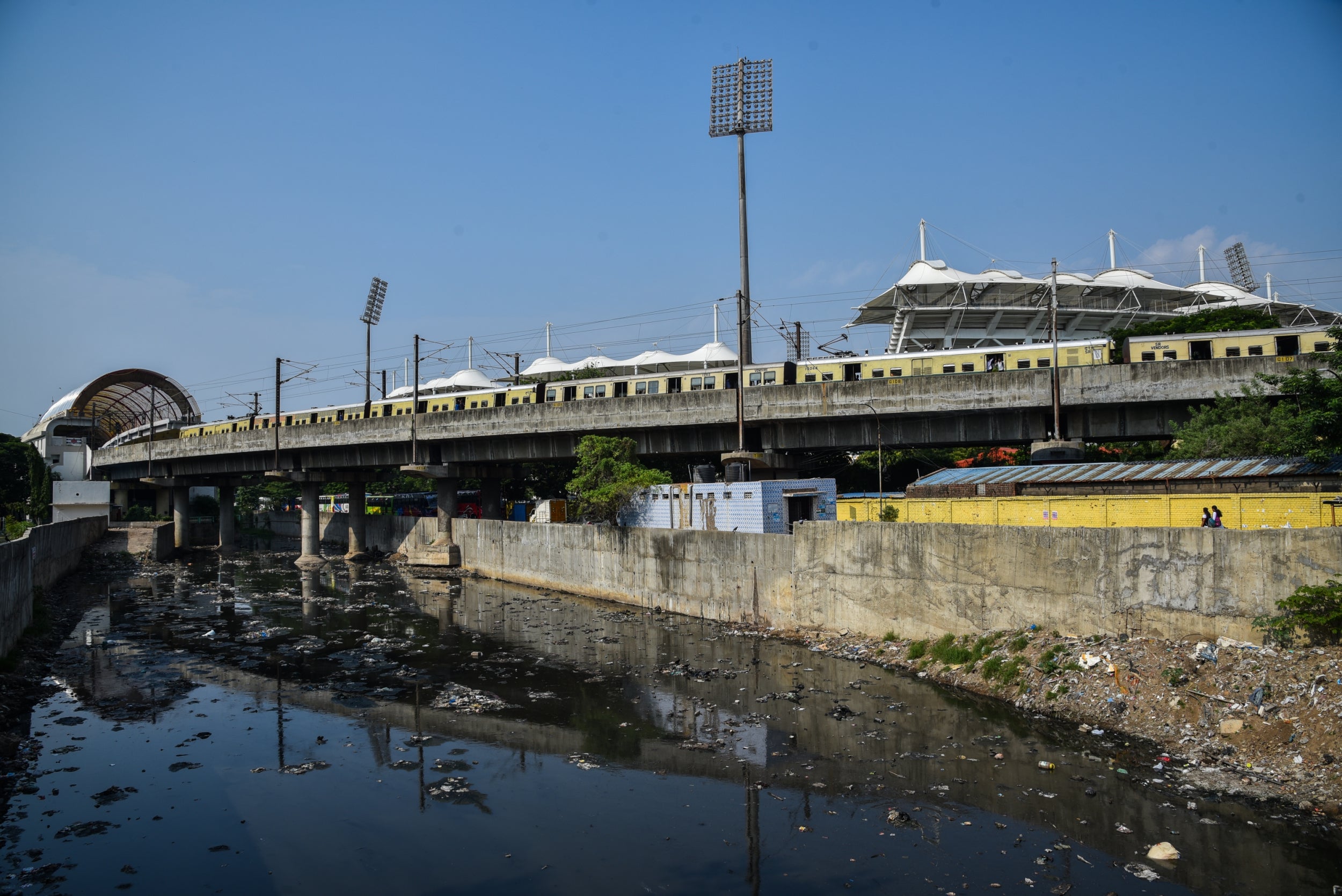
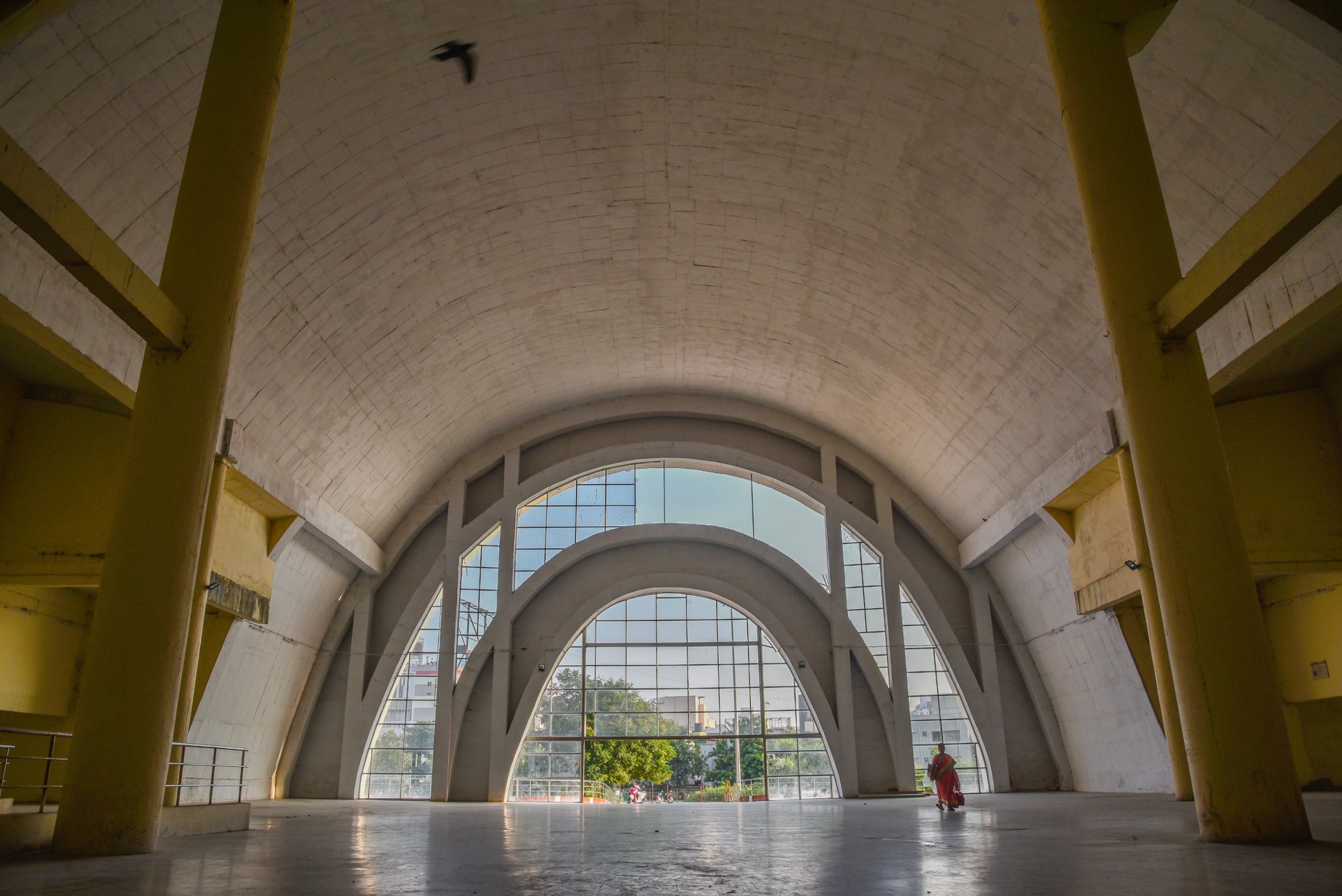
According to the Census of India in 2011, “One in three migrants in India are heading to southern states, Tamil Nadu with the highest growth rate of 98 per cent in the migrant population”. Walking along with Chennai’s rail platforms, with hundreds of nomadic people sleeping around the cavernous and often abandoned railway buildings, this comes as little surprise.
Ramesh, a handicapped and destitute day labourer who sleeps in railway station, says, “I don’t sleep at one railway station more than twice a week because it might lead to the police chasing us out.” Besides a working railway platform, these ghost structures shelter the needy. But only until the patrol cops come out to chase the nomads away as day breaks. “I lost my legs years ago. Since then I consider this place as my home,” says Ramesh, who lost his left leg in an accident.
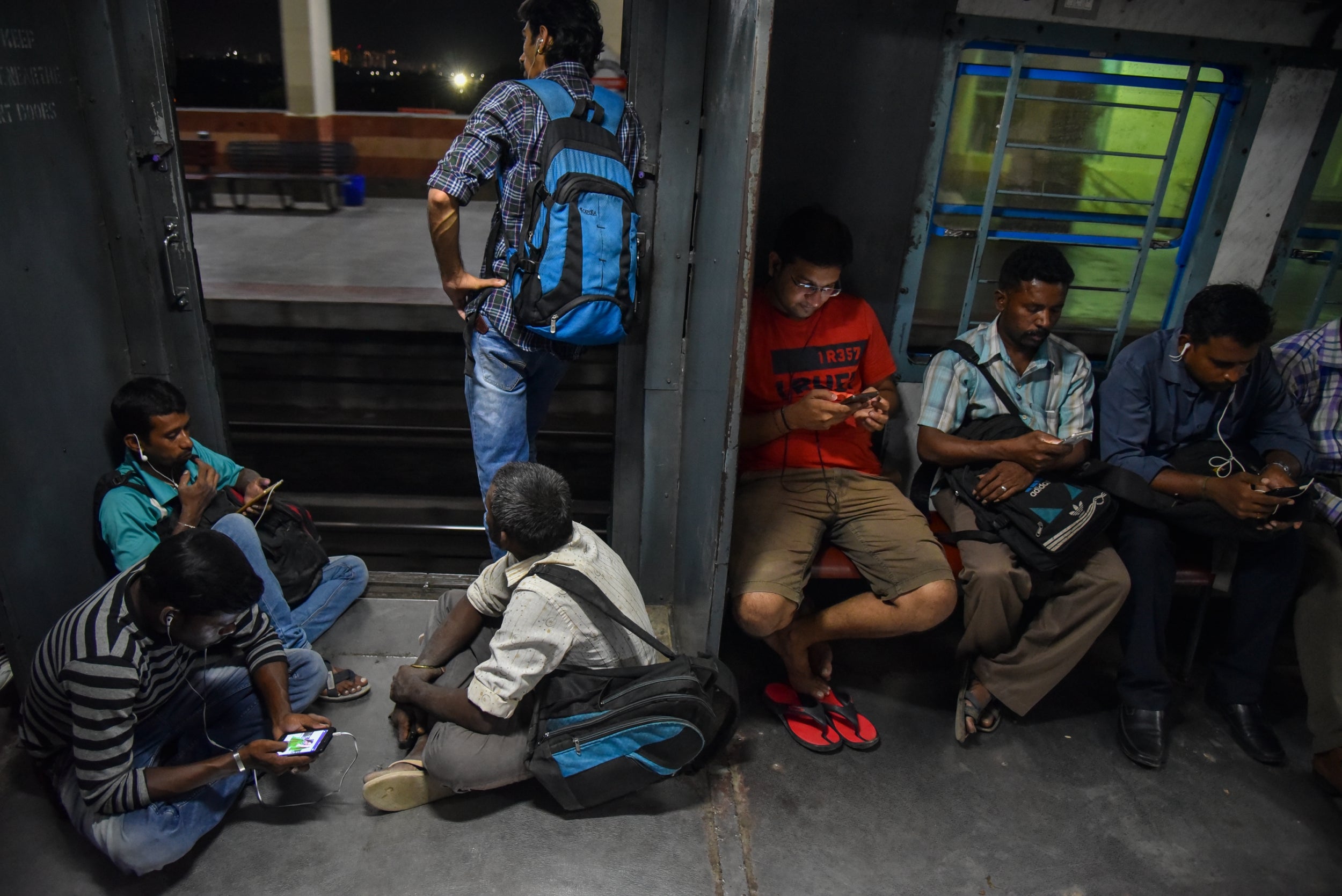

Built in 1995, MRTS transports thousands of commuters a day from all walks of life. These commuters pass, absorbed in their own lives, blurring out the unnoticed migrant population. The rail line was established to reduce the travel time of the growing population, reflected today with lower patronage in sprawling railway stations.
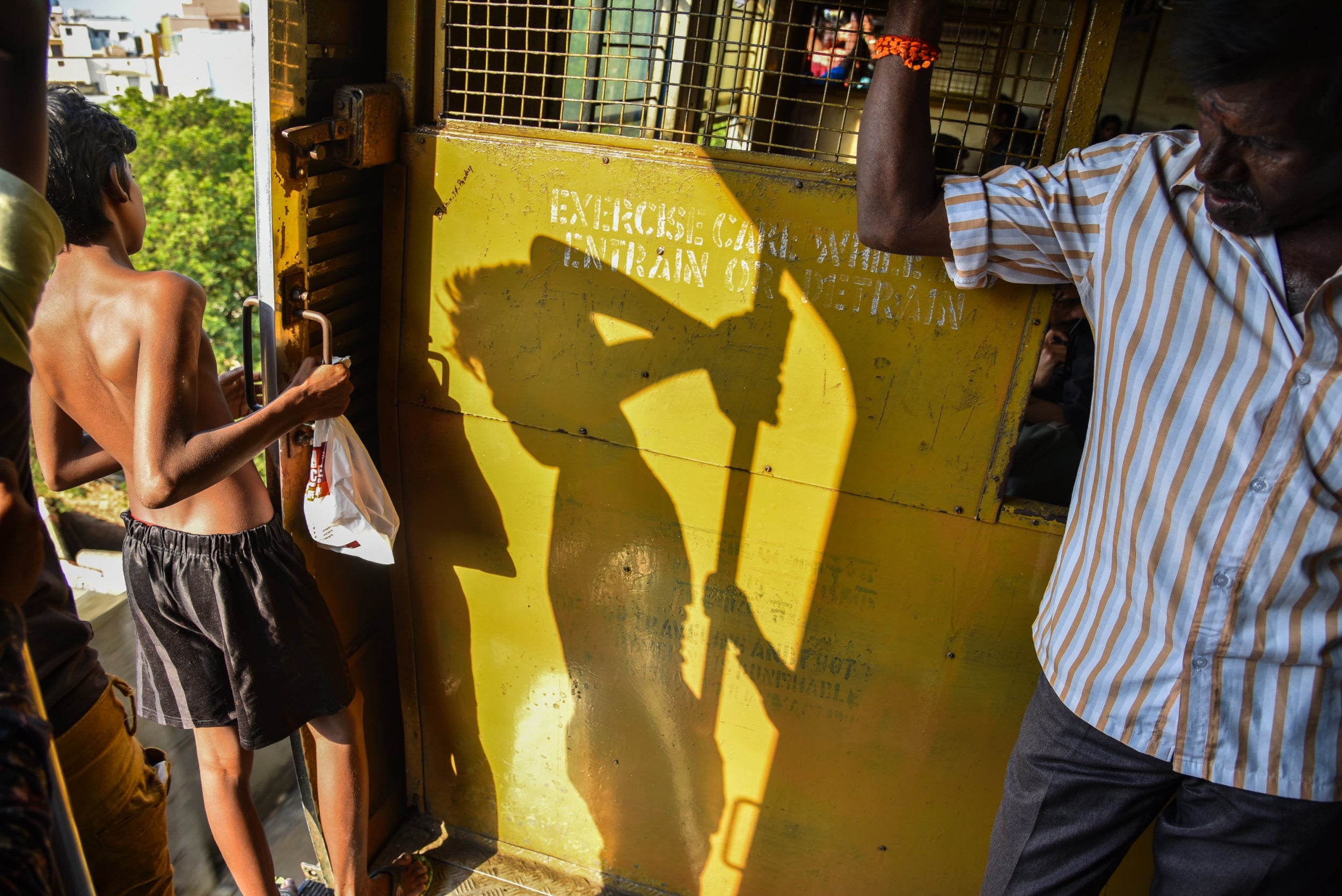
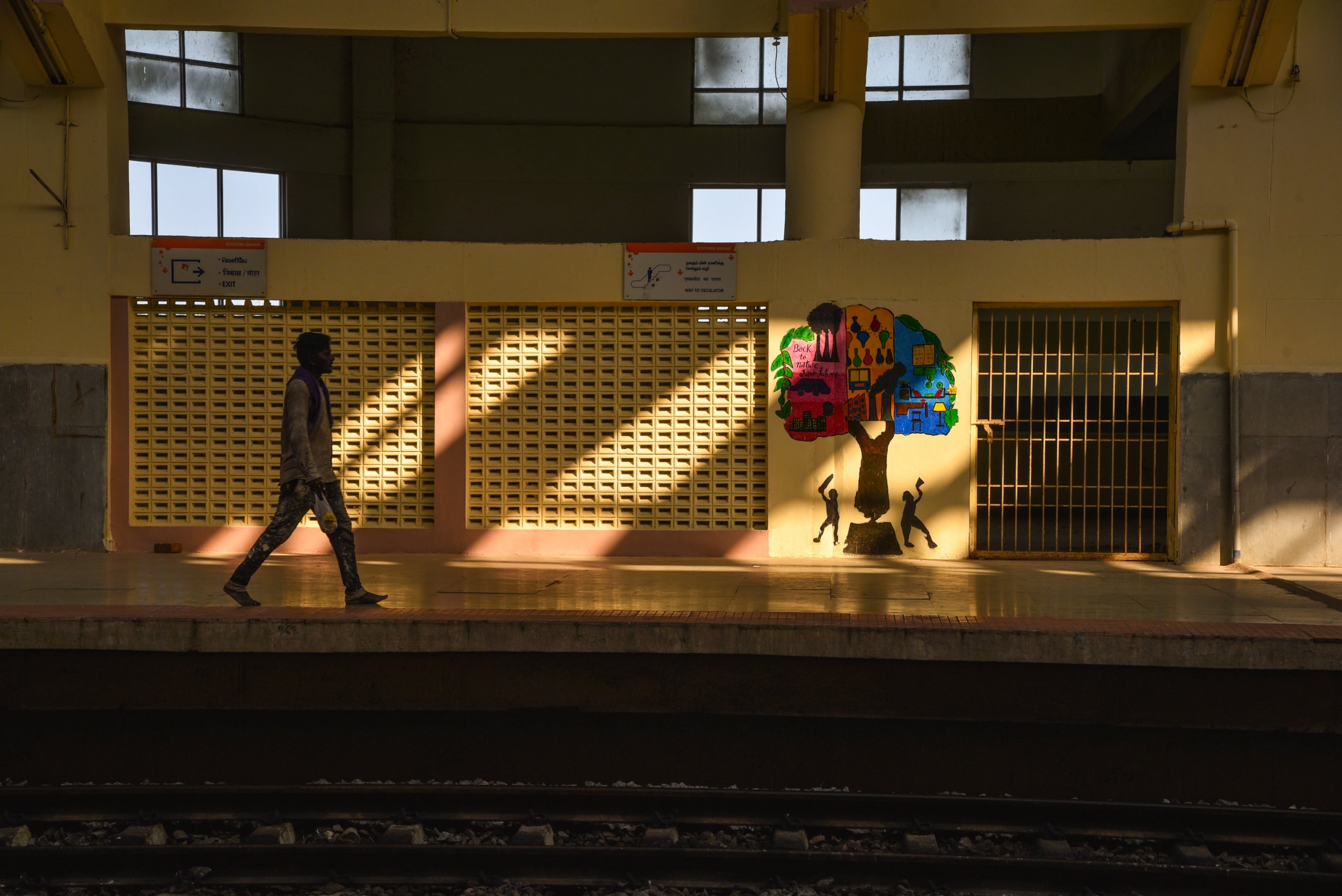
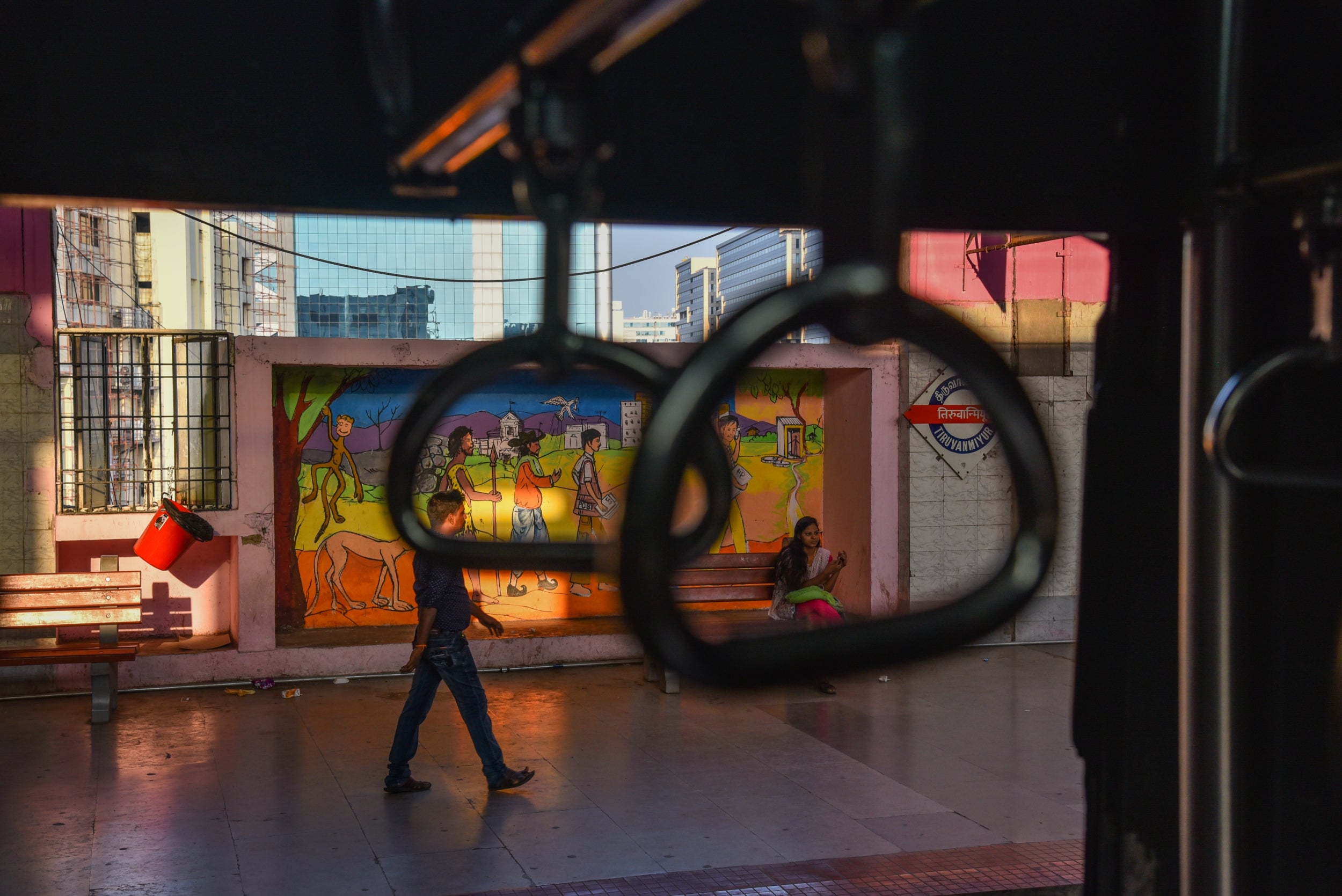
The floating population who sleep furtively in the railway buildings are often disabled – people not considered good candidates for jobs. They have nowhere else to go. “We have always been looked down upon as we are homeless and we are also accused of creating a social nuisance,” adds Jeevanandham, a disabled destitute who spends his night at Beach railway station.
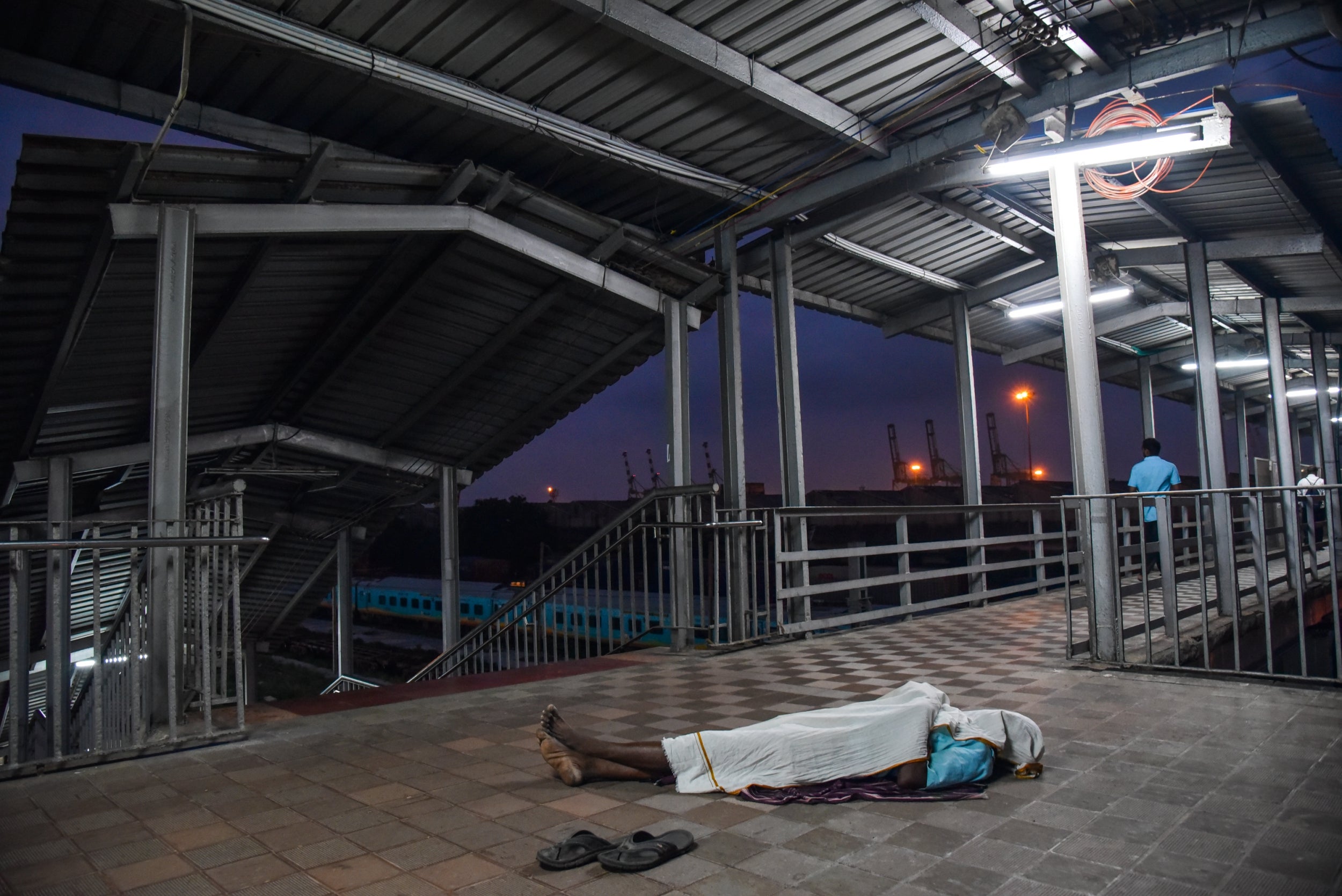
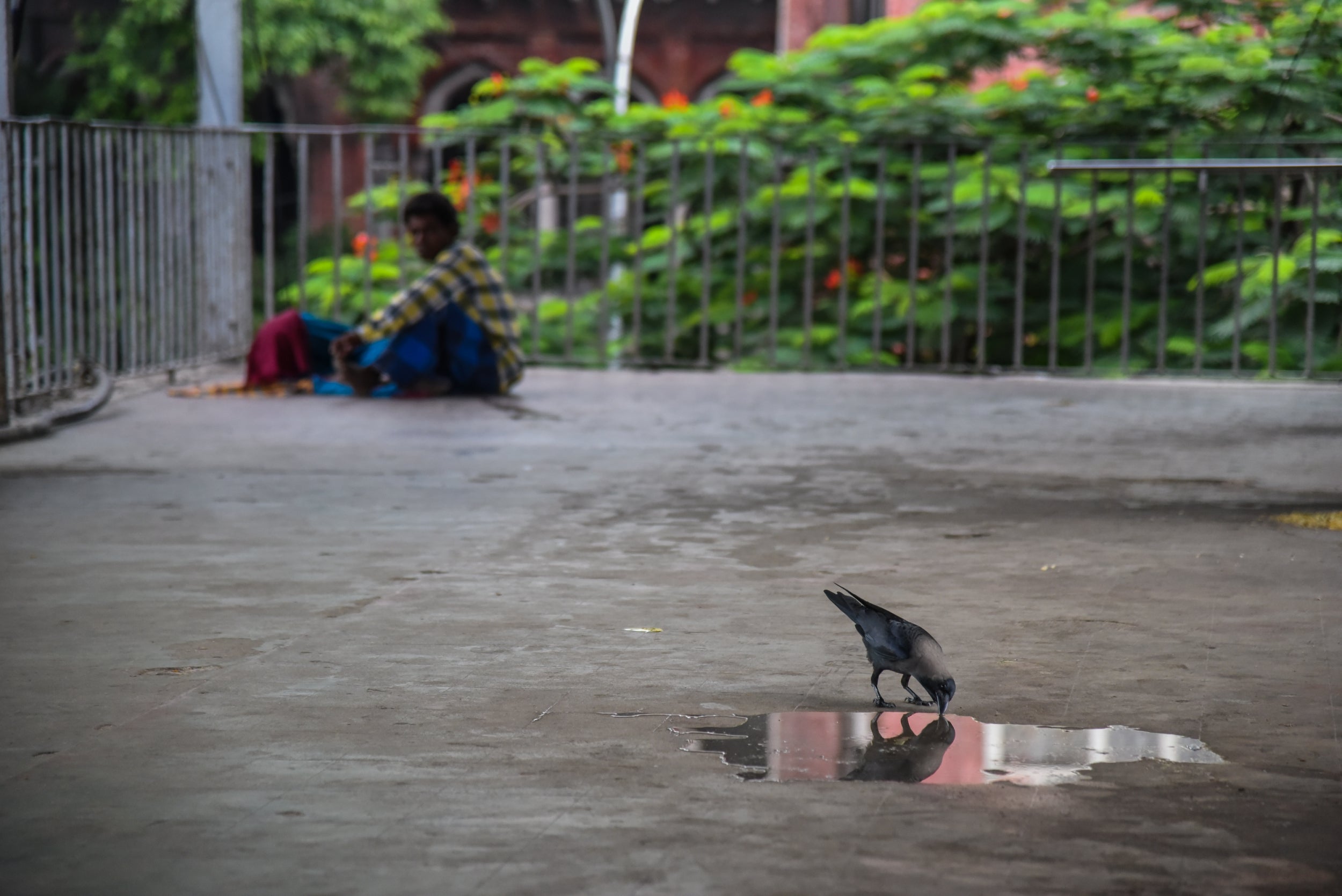
Jeevanandham says, “Our lives are worse than what it is in slums, we are always on the lookout for a place to sleep after dusk”. With crowds buzzing from one rail line to another, left unnoticed are some who migrate for work, some who are disabled and some who don’t have a place called home. For now, Parthasarathy, Ramesh and Jeevanandham represent the voices of homelessness who will go find shelter in emptiness and sleep in the darkness of the night.
Join our commenting forum
Join thought-provoking conversations, follow other Independent readers and see their replies
Comments